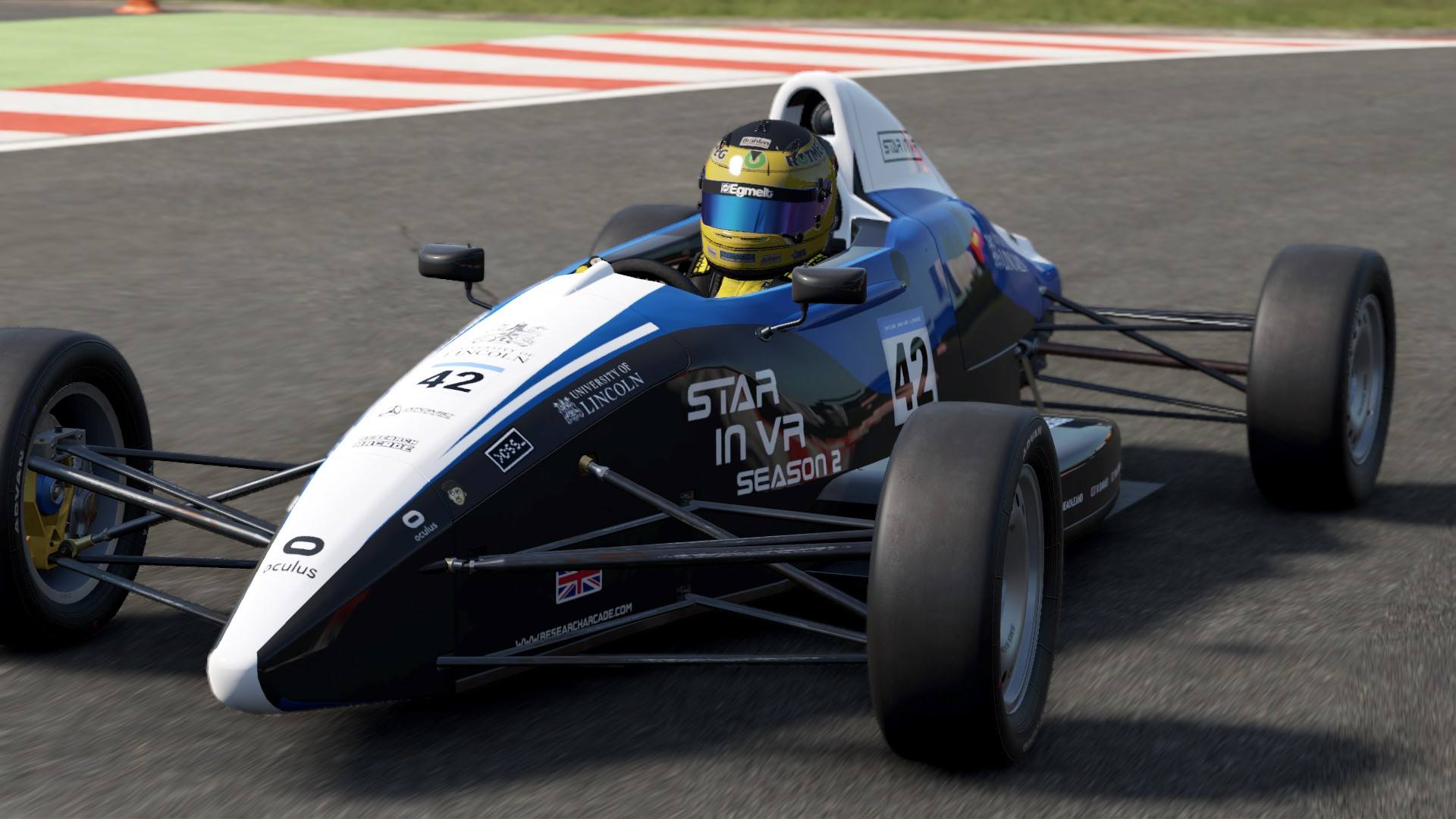Student-led interviews are a great way to disseminate meaningful information about a programme, school, or institution around a cohort. By getting the students to drive the interview format and questions you have a better chance of producing something that other students will value. Students will often have a better understanding of the information that other students want to know. Furthermore, by allowing them to determine the formate you have a better chance of producing something that will be watched, shared, and enjoyed.
We used student-led interviews because we wanted to highlight to the cohort how broad their learning community actually is. Students often only consider their immediate lecturers because these are their first point of academic contact. However, there are hundreds of people who work tirelessly to make the student experience as great as possible and we wanted to promote that.
We decided to use some Virtual Reality research equipment to create a novel interview experience. We spoofed the “Star in a Reasonably Priced Car” format from Top Gear to create “Star in VR”. Each staff member in the series would be interviewed, followed by completing a timed lap in a simulated race car. The colleagues involved in the interviews would then have their time placed on a leaderboard. The intention was that the students would watch the interview, but would stay to the end to see the driving. The reality is that most (with the exception of one) of our colleagues had no race experience, and as such would often crash/spin out. The students argued that this added a level of humour that was very humanising and helped them connect to the individuals being interviewed.
What do you need?
- Video Camera
- Video Editing Software (NB YouTube has a built-in editor which is suitable for many basic tasks)
- Video hosting service
- Students or colleagues with video editing skills
How to do it?
- Invite students to join a focus group for your video interview series. Explain what you are trying to achieve and invite them to contribute their ideas.
- With your students discuss what format your interviews should take. Don’t constrain yourself to conventional formats, try to encourage creativity. For example, consider interview styles such as “Carpool Karaoke”. Sometimes an entertaining hook can be used as package to deliver a serious message.
- Once you have decided on your interview format, ask your students who they would like to interview. There are many people around an institution that have a massive impact on students lives. Many of which they won’t ever interact with, and will be curious about their role. However, in many cases, the students also won’t know that these people exist and may need some support in making their decisions. I asked the students “which departments in the university are a mystery to you” and “are their any initiatives that you want to know more about” I then recommended some individuals based on their answers.
- Once you have a list of interviewees, ask your students to come up with a list of questions they would like to ask. Again, you may want to guide this, especially if here are specific areas that you believe the students should know about. However, make sure that you give the students plenty of room to ask the questions meaningful to them.
- Run the interviews! Hopefully one of your students will be willing to run the interview, however, this isn’t essential. The interviewer can always be off-camera if a student isn’t willing to run the session.
- Once you have the interview complete try to edit it down by removing pauses and mistakes. This will help keep your video short (which will improve its chances of being watched) but will also remove any unwanted content, keeping the interview focused.
- Disseminate the video. We uploaded our videos onto the programme youtube channel, making them accessible and open. However, depending on your content you may want to host institutionally (limiting to a closed audience).
Impact
In the School of Computer science, we noticed some impact almost instantly. Firstly our careers and placements team had a huge surge of inquires following the initial episode (featuring our college placements lead). Further departments had other increases in inquiries following an appearance on the show. Students also reported having a better understanding of how the university worked and was better able to get support when they needed. We also noticed that impact wasn’t limited to the students who actually watched the show. Many students gained benefit through secondary information. As long as “some” students watched the episodes they were able to disseminate the information through other channels. For example, one student with a housing query was advised by a student who had watched the episode that covered that topic.

One response
[…] One way I did this was a silly spoof TV series called “Star in VR”. You can see it here Including Professor Liz Mossop (Our Deputy Vice-Chancellor @mossposs‘s) race. We put staff (professional and academics) into a silly race series, and used that as a hook to package up meaningful information. What made it useful was that it was ALL student-led. Students did the interviews, picked who they wanted to highlight, and helped us to make it meaningful to other students. I wrote up a quick guide on how to do your own on one of my other blog posts – https://chrisheadleand.com/2020/09/01/student-led-staff-interviews/ […]